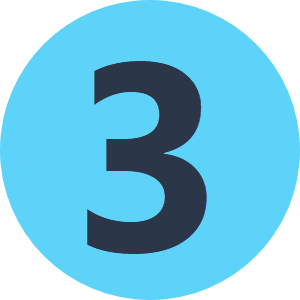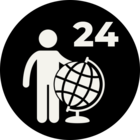Hi All,
Novice, here. I am trying to work with two different layers where I want one set of data to overlie another set of data. I don’t know how to move the lines, adjusting them so they will match the sister layer. I have tried Neighborfinder, anchored snapper, was looking at affiner, orientator and geometry coercer, and any other transformer I thought might work. I suspect there are many steps involved in this process, but I really don’t know where to begin.
Below is an example of my data set. I would like the black lines to match the red lines. Is this doable in FME?
Please let me know if more information needs to be provided. Thanks for any help. It is greatly appreciated!
Version: ME(R) 2023.1.0.0 (20230825 - Build 23619 - WIN64)











